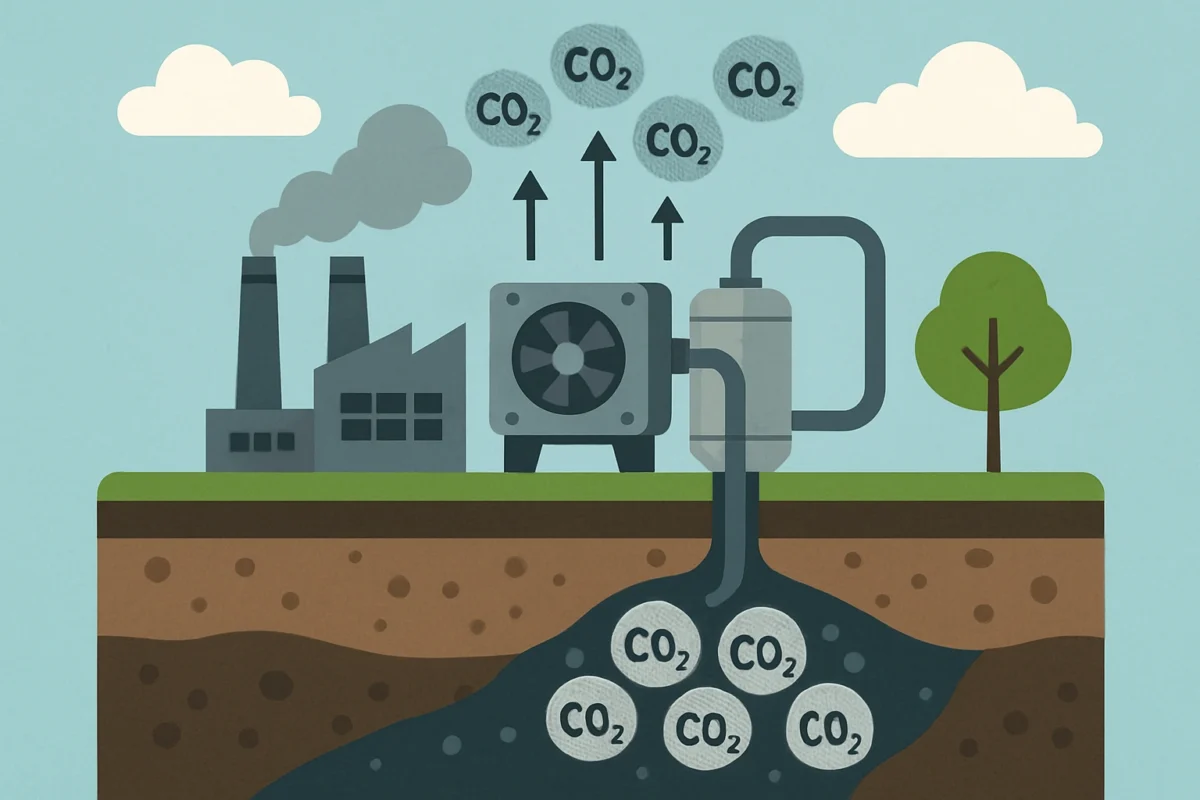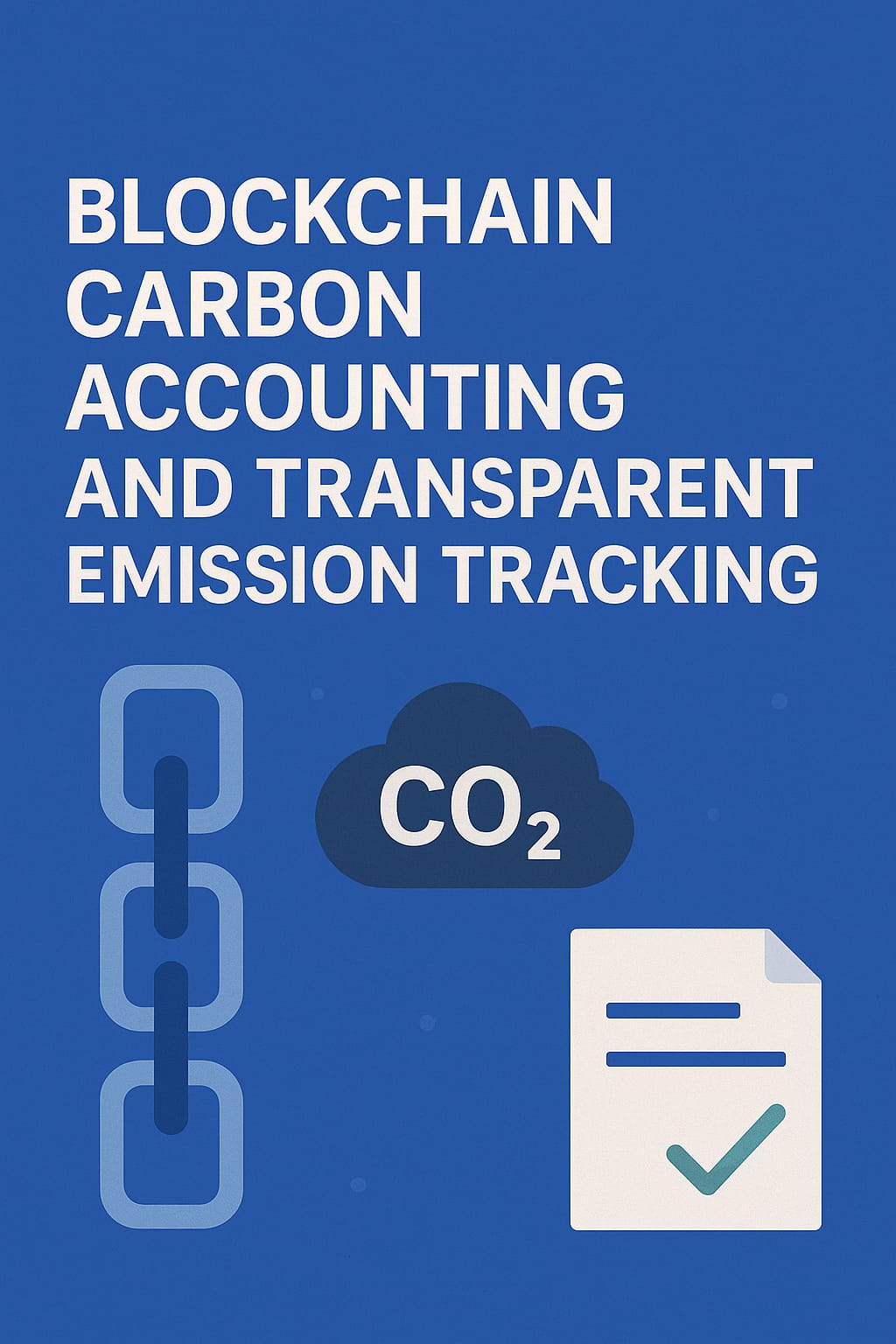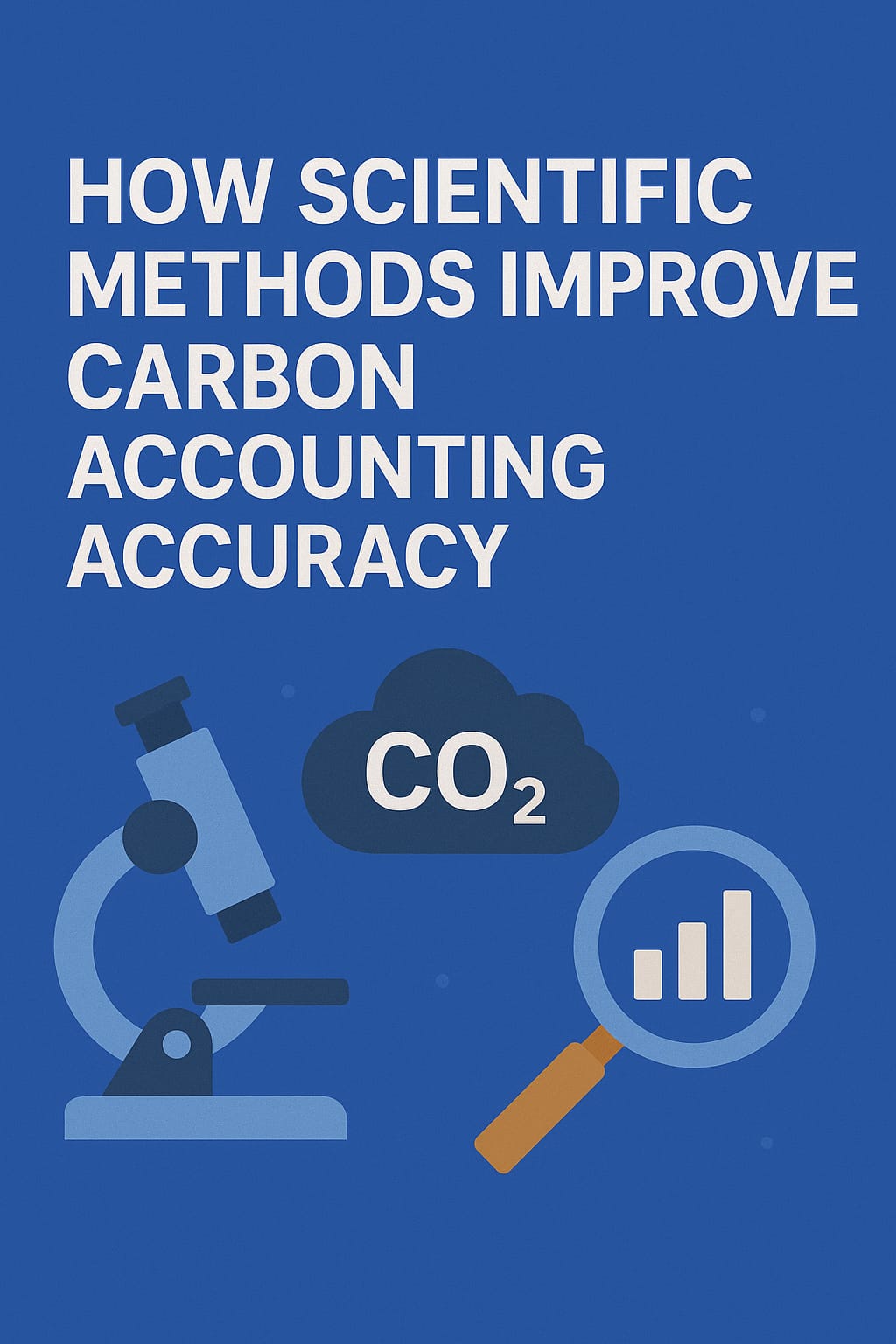The Physics of Carbon Capture: What ESG Tools Must Track
Carbon capture science has evolved from a scientific experiment into a key part of global climate strategy. It’s now a business, an investment, and a major tool for hitting net-zero targets. But this raises a crucial question: How do we accurately measure what’s being captured, stored, and reduced? The answer lies in understanding the physics of carbon.
By understanding the molecules, processes, and systems behind carbon capture, we can see why precise measurement is so important. This is where ESG software becomes essential. To show real impact, companies need to track their emissions reductions using reliable, science-based metrics.
In this article, let’s look at the physics of carbon capture and highlight the key metrics that any ESG platform must monitor.
What Is Carbon Capture Science?
Carbon capture science involves developing and applying methods to capture carbon dioxide (CO2) from large point sources, like power plants, or directly from the atmosphere, and then storing or using it to slow climate change. The process relies on three physics-driven steps:
- Separation – Extracting CO₂ from a mixture of gases, like those emitted in industrial plants.
- Compression – Pressurizing CO₂ into a dense, transportable form.
- Storage or Utilization – Injecting CO₂ underground for carbon sequestration or reusing it in products like fuels and building materials.
Each step involves thermodynamics, fluid dynamics, and material science. For example, separating CO₂ requires energy to break chemical bonds, while storing it in rock formations depends on pressure, porosity, and long-term stability.
Why Physics Matters in ESG Reporting

Investors, regulators, and the public want proof that climate solutions work. But climate reporting often struggles with accuracy. As a result, without grounding in scientific emissions data, ESG reports risk being vague or misleading.
Physics provides the foundation for credible tracking. So, by understanding how gases behave under heat, pressure, and time, ESG platforms can define carbon removal metrics that reflect real-world outcomes, not just estimates.
For example:
- Capturing one ton of CO₂ is not the same as keeping it stored for 100 years.
- Efficiency losses during capture and compression reduce true savings.
- Leakage in pipelines or storage sites undermines long-term benefits.
This means carbon accounting tools must be built on science, not just spreadsheets.
Also See: Blockchain Carbon Accounting and Transparent Emission Tracking
The Core Metrics ESG Tools Must Track
1. Capture Efficiency
How much CO₂ is removed compared to the total emitted? This metric reflects the effectiveness of capture systems at power plants, cement factories, and chemical facilities.
2. Energy Penalty
Carbon capture requires energy. The carbon intensity tools inside ESG platforms must account for the emissions created by running capture systems themselves.
3. Storage Integrity
Captured CO₂ must stay underground. Accordingly, carbon sequestration tracking ensures reservoirs are stable and that pressure or seismic activity does not cause leaks.
4. Lifecycle Impact
From capture to transport to storage, the full pathway must be measured. ESG tools need to reflect the end-to-end footprint, not just the capture stage.
5. Permanence of Removal
Time is key. If CO₂ is captured but re-released in a few years, the benefit collapses. ESG reporting must track permanence across decades.
Natural Carbon Capture: The Physics of Life
While technology offers a way to accelerate carbon removal, nature has been doing it for billions of years. Natural sequestration methods, or carbon sinks, also operate on fundamental physical and biological principles.
Photosynthesis
The most well-known method, photosynthesis, is a physical process where plants use sunlight to convert CO2 and water into glucose (energy) and oxygen. The carbon is stored in the biomass of the plant. Over time, this carbon can be stored in soils.
Ocean Sequestration
The ocean is a massive carbon sink. CO2 dissolves in seawater through a physical process, forming carbonic acid. It is then consumed by marine organisms, which use it to build their shells and skeletons. This carbon can eventually sink to the ocean floor, where it is stored in sediment.
Soil Sequestration
This is a critical component of natural carbon capture. Organic matter in soil, such as decaying plant roots and animal waste, contains carbon. Through the action of microbes, this carbon can be converted into stable forms, known as soil organic carbon (SOC). The physics of this process, including temperature and moisture levels, determines how long the carbon remains in the soil before being released back into the atmosphere.
For ESG tools to track these processes, they need to go beyond simple tree-planting metrics. The carbon removal metrics must be based on verified science, including:
- Permanence: How long is the carbon actually stored? A tree can burn down, releasing its stored carbon in minutes. Carbon stored in a deep saline aquifer is expected to remain for thousands of years.
- Additionality: Does the action truly remove carbon that wouldn’t have been removed otherwise? Planting a tree in a forest that was already going to be reforested doesn’t represent a true climate benefit.
- Leakage: Does the carbon removal activity in one area cause an increase in emissions elsewhere? For example, if protecting one forest leads to a company simply moving its logging operation to another forest, the net climate benefit is negated.
Credible climate software tech must incorporate these complex metrics to prevent greenwashing and provide stakeholders with meaningful, scientific emissions data.
The Role of Carbon Sequestration in Net Zero Goals
Storage is the final and most critical stage of carbon capture. The physics here revolves around geological reservoirs like porous rocks, saline aquifers, and depleted oil fields.
- Porosity defines how much CO₂ the rock can hold.
- Permeability controls how quickly gases flow and spread.
- Caprock sealing determines whether gases stay trapped or escape.
Without understanding these scientific properties, carbon accounting could overstate actual impact. ESG investors need transparency on which storage projects are built on strong geological science.
Carbon Removal Metrics and Investor Confidence
Why does this matter for markets? Because ESG investors want proof. Carbon credits, offsets, and capture projects all carry financial value. But if measurement is flawed, billions can be misallocated.
By tying ESG data to scientific emissions data, companies can show:
- Verified capture and storage volumes.
- Long-term sequestration commitments.
- Reduced risk of greenwashing.
Also See: How Machine Learning Enhances Scope 3 Emissions Forecasting
Challenges of Tracking Carbon Physics in ESG Tools

Complexity of Data
Carbon capture systems produce terabytes of real-time data—from heat sensors to pressure logs. ESG tools must simplify this into usable insights.
Cost of Integration
High-fidelity sensors and monitoring systems are expensive. Smaller companies may lack resources to implement advanced climate software tech.
Regulatory Standards
Different regions track carbon differently. Without global standards, carbon intensity tools risk being inconsistent.
Time Horizon
Carbon capture effectiveness is measured in decades, not quarters. ESG platforms must support long-term GHG tracking that investors can trust.
The Future of Carbon Capture Science in ESG Tools
AI + Physics Models
Machine learning will predict leakage risks, optimize capture energy use, and improve reporting accuracy.
Blockchain for Proof
Linking scientific emissions data to blockchain will improve transparency and prevent tampering in carbon accounting.
Industry Benchmarks
Expect standard definitions of capture efficiency, permanence, and lifecycle impact, allowing fair comparison across projects.
Integrated Climate Dashboards
Tomorrow’s ESG tools will combine financial, operational, and carbon physics insights into one seamless view.
Conclusion
The physics of carbon capture is the foundation of trustworthy climate action. From separation and compression to storage and permanence, every step depends on scientific principles.
For ESG platforms to deliver credibility, they must integrate carbon removal metrics, GHG tracking, and scientific emissions data directly into their systems.
The future of sustainable investing will depend on how well climate software tech translates physics into transparent, reliable carbon accounting. Companies that align science with reporting will gain trust, unlock capital, and truly drive progress toward net zero.
FAQ: Carbon Capture Science
What is the difference between carbon capture and carbon sequestration?
Capture is the process of removing CO₂, while sequestration is about storing it long-term.
Why is carbon capture physics important for ESG?
Because reporting without physics risks overestimating impact. Real science ensures real climate progress.
Can ESG software track storage permanence?
Yes, with the right data. Sensors and simulations can provide models of long-term CO₂ behavior underground.
What industries use carbon capture most today?
Power generation, cement production, steelmaking, and chemical manufacturing.
Will carbon capture alone solve climate change?
No. It’s one tool among many. Renewables, efficiency, and behavior change also play critical roles.







